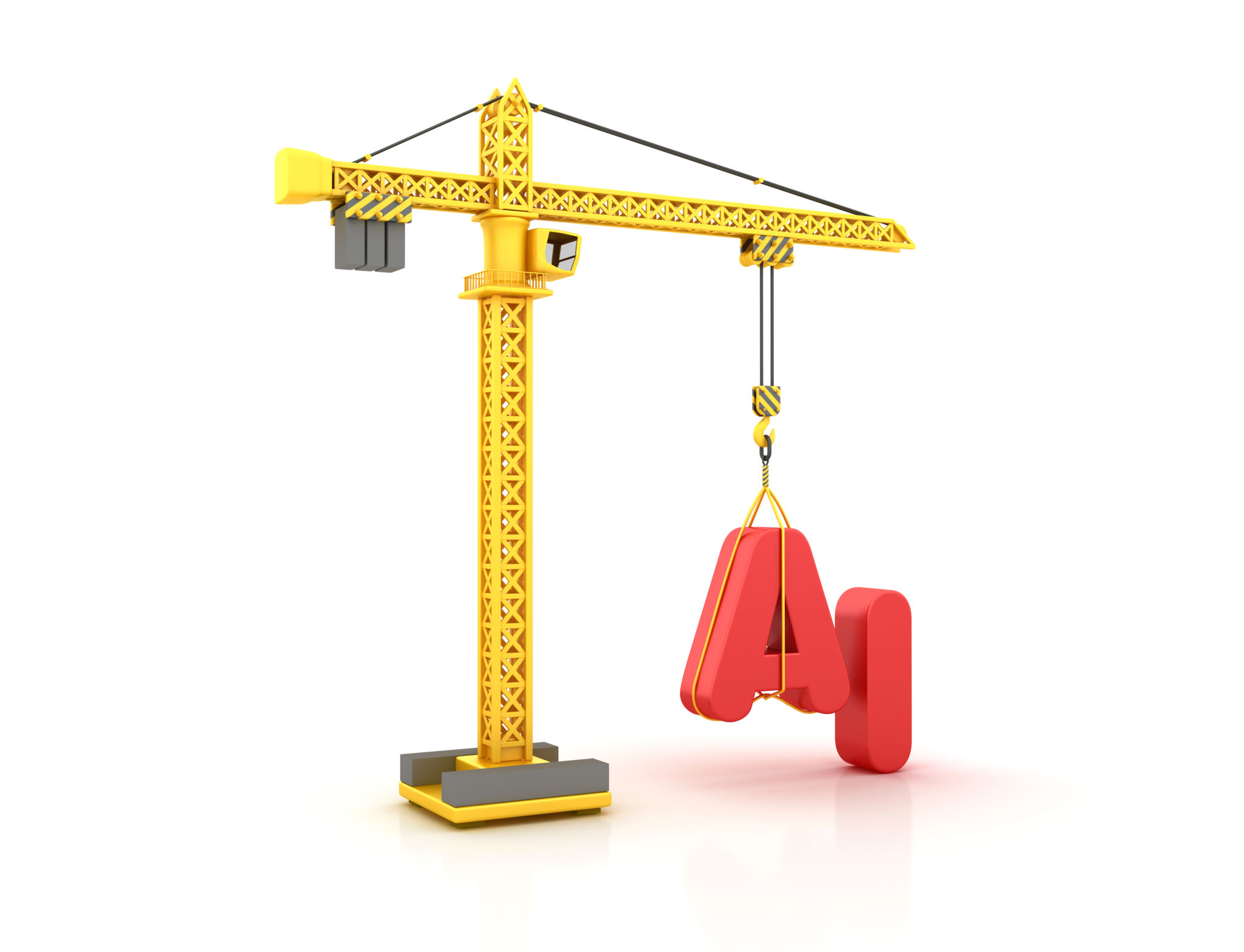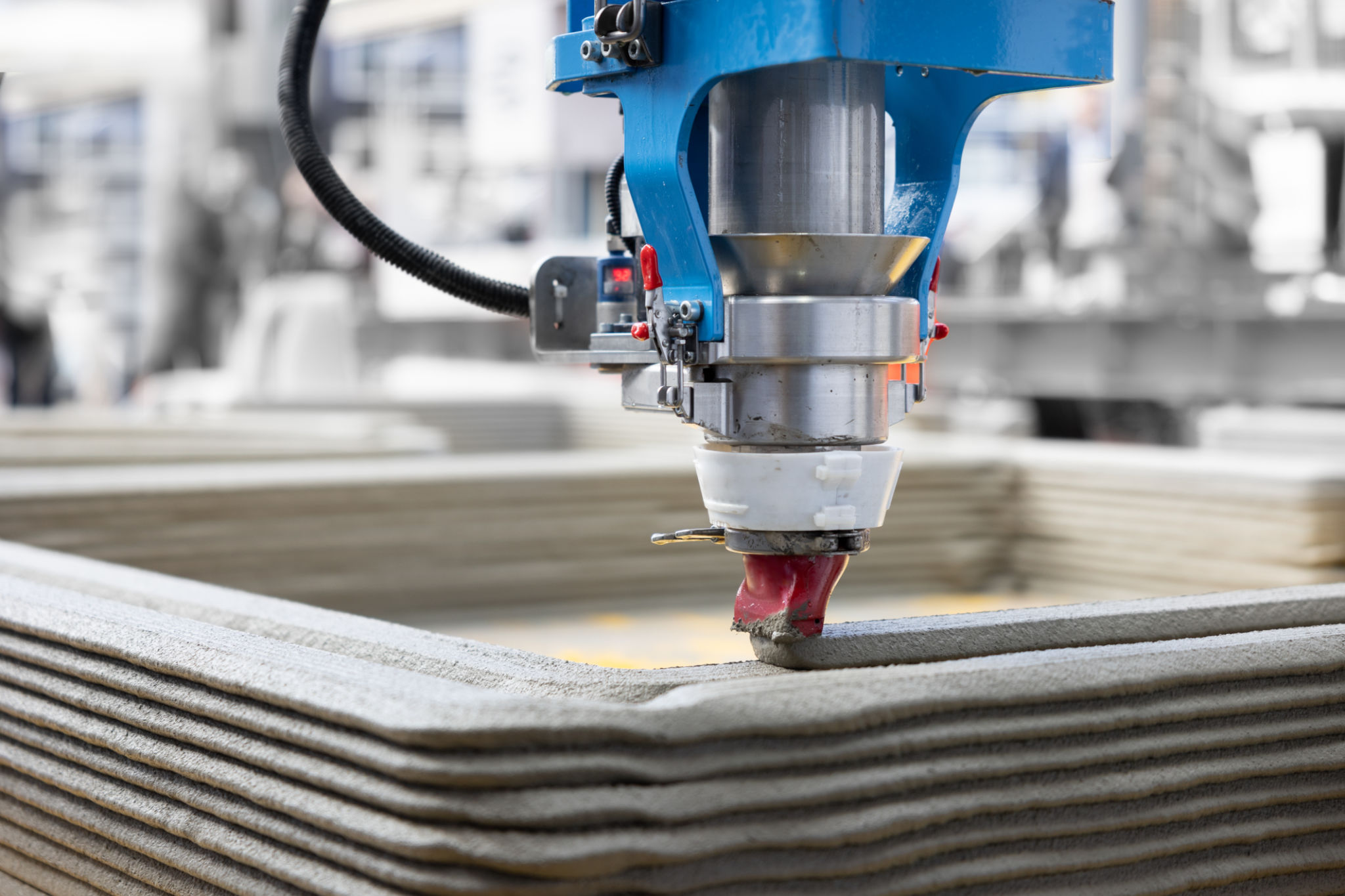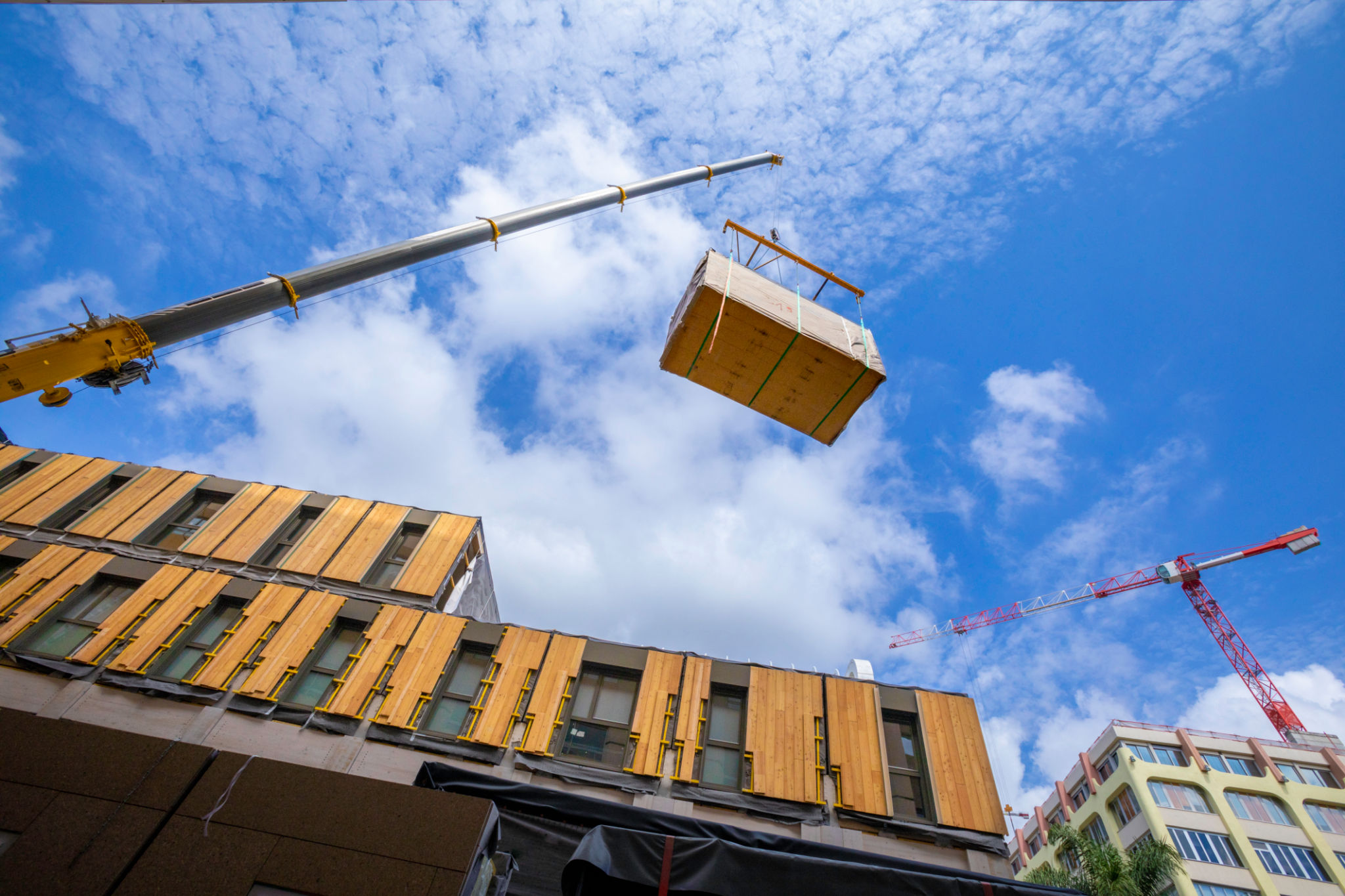A Comprehensive Guide to Emerging Technologies in the AECO Sector
Introduction to Emerging Technologies in AECO
The Architecture, Engineering, Construction, and Operations (AECO) sector is undergoing a significant transformation due to the rapid advancement of technology. As the industry seeks to improve efficiency, sustainability, and safety, emerging technologies are playing a crucial role in reshaping traditional practices. This comprehensive guide explores some of the key technologies that are making waves in the AECO sector.

Building Information Modeling (BIM)
Building Information Modeling (BIM) is revolutionizing the way buildings are designed and constructed. BIM is a digital representation of the physical and functional characteristics of a facility. It enables architects, engineers, and construction professionals to collaborate more effectively, leading to better decision-making and reduced errors.
The use of BIM enhances visualization, streamlines coordination, and allows for more accurate cost estimation. It also facilitates improved project scheduling and risk management. As the adoption of BIM continues to grow, it is becoming an essential tool in the AECO industry.
Artificial Intelligence (AI) and Machine Learning
Artificial Intelligence (AI) and machine learning are transforming the AECO sector by automating complex processes and providing valuable insights through data analytics. AI algorithms can analyze vast amounts of data to predict project outcomes, optimize resource allocation, and identify potential risks.

Machine learning models are being used to improve design efficiency, enhance safety protocols, and monitor construction progress in real time. The ability of AI to learn from data and make informed decisions is proving invaluable in improving project delivery and cost-effectiveness.
Internet of Things (IoT)
The Internet of Things (IoT) is connecting devices and systems within the AECO sector to facilitate seamless communication and data exchange. IoT sensors are used for monitoring building performance, tracking equipment usage, and ensuring compliance with safety standards.
This technology enables real-time data collection and analysis, which can lead to optimized building operations and maintenance. The integration of IoT in construction sites enhances productivity and reduces downtime by providing actionable insights into the status of various project components.

Virtual Reality (VR) and Augmented Reality (AR)
Virtual Reality (VR) and Augmented Reality (AR) are being leveraged to enhance design visualization and stakeholder engagement in the AECO industry. VR allows users to immerse themselves in a 3D environment, providing a realistic view of a project before construction begins.
AR overlays digital information onto the physical world, assisting in on-site construction tasks and improving accuracy. By using VR and AR technologies, professionals can identify design flaws early in the process, reducing costly revisions and ensuring projects stay on schedule.
3D Printing
3D printing is an innovative technology that is gaining traction in the construction industry. It allows for the creation of complex structures with precision and speed by layering materials based on digital models. This technique is particularly beneficial for producing custom components and reducing material waste.

By incorporating 3D printing into the construction process, companies can achieve significant cost savings and accelerate project timelines. The versatility of 3D printing also opens up new possibilities for sustainable building practices.
Sustainability Through Technology
As environmental concerns become more pressing, emerging technologies are playing a critical role in promoting sustainability within the AECO sector. From energy-efficient building designs to smart materials that reduce carbon footprints, technology is paving the way for greener construction practices.
The adoption of these technologies not only benefits the environment but also improves operational efficiency and reduces costs in the long term. By embracing sustainable technologies, the AECO industry can contribute to a more sustainable future while meeting the growing demand for eco-friendly infrastructure.
Conclusion
The AECO sector is on the brink of a technological revolution that promises to enhance every aspect of design, construction, and operations. By staying informed about these emerging technologies and integrating them into their workflows, industry professionals can unlock new levels of efficiency, quality, and sustainability.

As these technologies continue to evolve, they will undoubtedly shape the future of the AECO sector, driving innovation and setting new standards for excellence in building design and construction.
